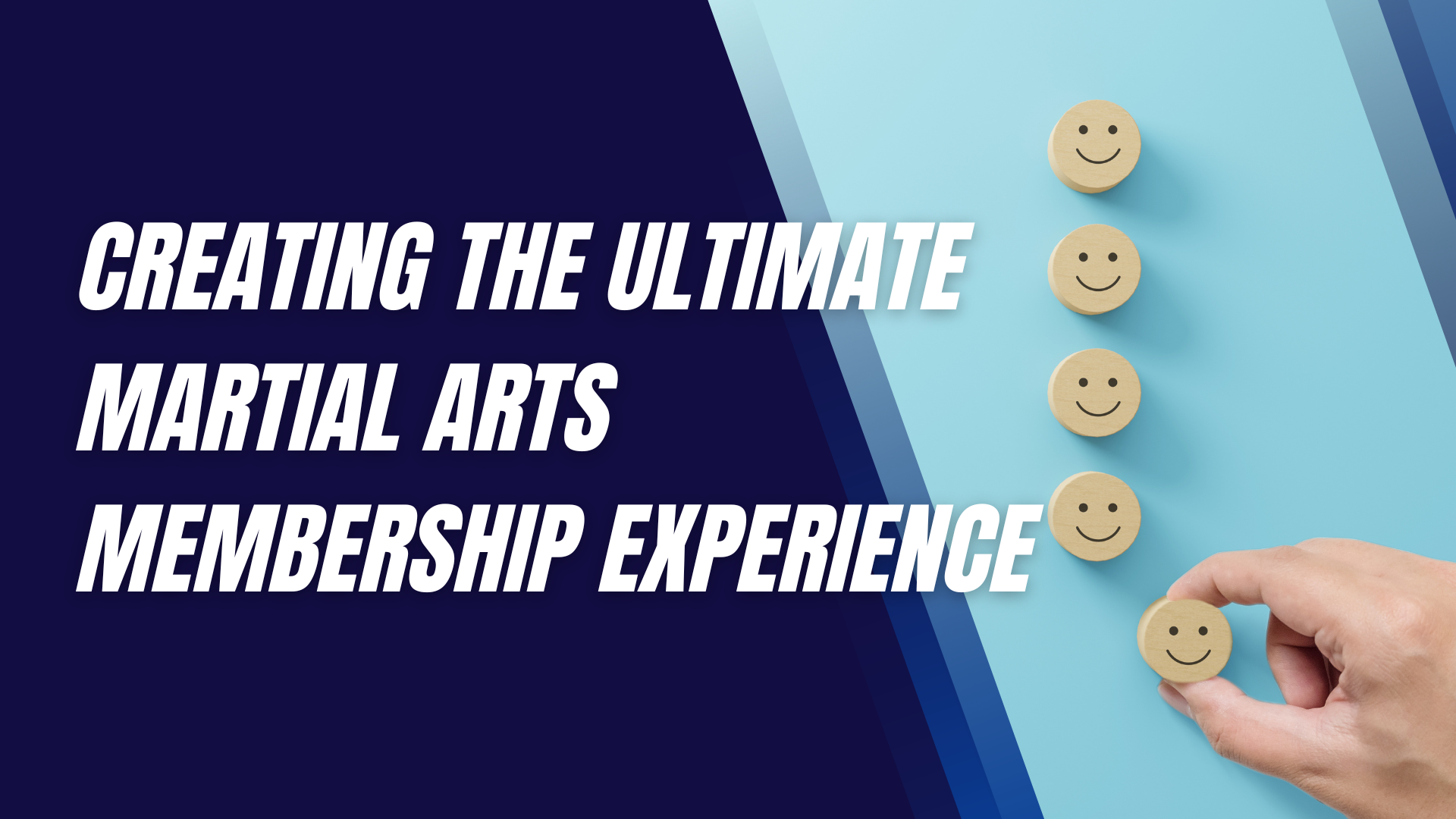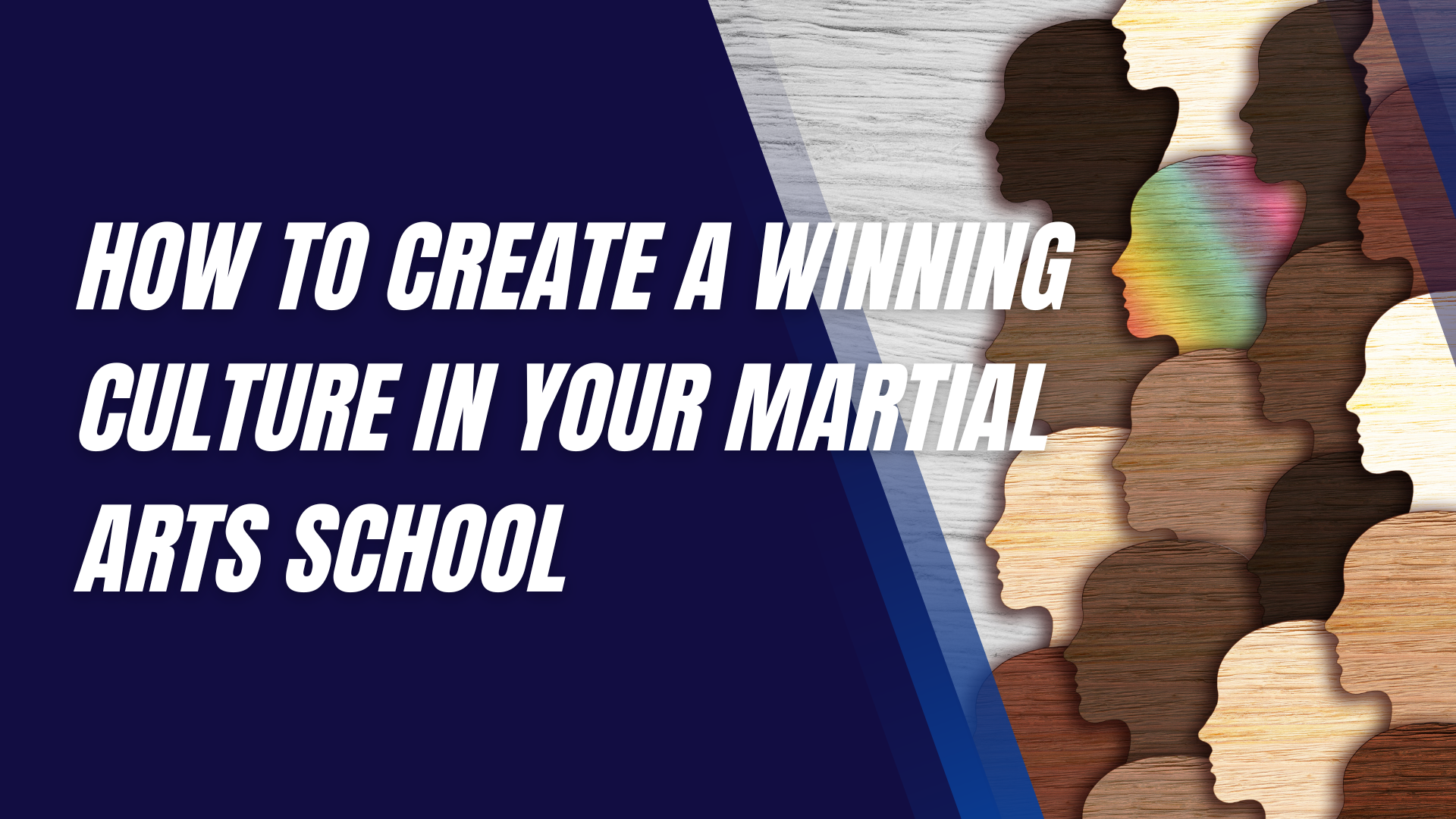Traditional vs. Modern Martial Arts Training Methods
Martial arts have long been a fascinating blend of physical prowess, mental discipline, and cultural heritage.
With roots stretching back thousands of years, these practices have evolved significantly. Today, there’s a compelling conversation around traditional vs. modern martial arts training methods. This article delves into both approaches, exploring their philosophies, techniques, and overall effectiveness.
Traditional Martial Arts Training Methods
Historical Background
Traditional martial arts training is deeply rooted in history. Originating from various regions such as Asia, Africa, and the Middle East, these practices were initially developed for self-defense, military training, and spiritual growth. The cultural significance of martial arts cannot be overstated, with each style carrying its own unique traditions and rituals.
Training Philosophy
Traditional martial arts emphasize discipline, respect, and humility. The master-student relationship is paramount, fostering a bond that goes beyond mere instruction. This philosophy is about more than just learning to fight; it’s about developing character and understanding one's place in a broader cultural and historical context.
Training Techniques
In traditional martial arts, practitioners often engage in katas or forms—pre-arranged sequences of movements designed to simulate combat scenarios. Sparring, both controlled and full-contact, is also a critical component, helping students apply their skills in real-life situations.
Physical Conditioning
Strength, endurance, flexibility, and balance are all crucial in traditional training. Practices often include rigorous calisthenics, repetitive drills, and specialized exercises aimed at enhancing physical capabilities.
Mental Conditioning
Meditation and mindfulness are integral to traditional martial arts. These practices cultivate focus, patience, and mental resilience, helping practitioners achieve a state of inner peace and heightened awareness.
Traditional Equipment
Traditional martial arts make use of various weapons such as swords, staffs, and nunchaku. Additionally, practitioners typically wear traditional attire like the gi in karate or the dobok in taekwondo, which symbolize their commitment to the discipline.
Modern Martial Arts Training Methods
Evolution of Modern Training
Modern martial arts training has been heavily influenced by advancements in sports science and a global exchange of ideas. The incorporation of multiple martial arts styles into a single, cohesive system, such as in Mixed Martial Arts (MMA), exemplifies this evolution.
Training Philosophy
The modern approach focuses on efficiency and effectiveness. Training programs are often tailored to individual needs, aiming to maximize physical potential and combat readiness.
Training Techniques
Modern techniques include a mix of striking, grappling, and submission moves, often drawn from various disciplines. High-intensity interval training (HIIT) is common, providing a robust cardiovascular workout alongside skill development.
Physical Conditioning
Functional fitness is at the heart of modern martial arts training. This approach ensures that exercises mimic real-life movements, enhancing overall athletic performance. Cross-training with other sports is also popular to build a well-rounded physique.
Mental Conditioning
Sports psychology and visualization techniques are employed to boost mental toughness and strategic thinking. These methods help athletes remain calm under pressure and improve their performance in competitive settings.
Modern Equipment
Advanced protective gear, such as padded gloves, shin guards, and headgear, ensures safety during intense training sessions. Additionally, technology like virtual reality and mobile apps provide innovative ways to practice and refine skills.
Comparative Analysis
Strengths of Traditional Methods
Traditional methods offer a rich cultural experience and a holistic approach to personal development. The emphasis on discipline, respect, and mental conditioning creates well-rounded individuals.
Strengths of Modern Methods
Modern training methods benefit from a scientific approach to physical conditioning and technique. They are highly adaptable and incorporate the latest innovations in sports science and technology.
Weaknesses of Traditional Methods
Traditional methods can be less adaptable to new findings and techniques. Some practices may be outdated, focusing more on ritual than practical application.
Weaknesses of Modern Methods
Modern methods may sometimes overlook the philosophical and cultural aspects of martial arts, focusing too much on the physical and competitive elements.
Integrating Traditional and Modern Methods
Finding a Balance
Combining traditional and modern methods can offer the best of both worlds. A balanced approach can foster both physical prowess and personal growth.
Case Studies
Many martial arts schools successfully integrate both methods. For example, a dojo might teach traditional forms and philosophies while incorporating modern fitness techniques and equipment.
Practical Tips for Practitioners
For those looking to blend both methods, it's important to start with a solid foundation in traditional techniques and gradually incorporate modern elements. Seek out instructors who value both approaches.
Future Trends
The future of martial arts training is likely to see further integration of traditional philosophies with modern innovations, creating more comprehensive training programs.
Final Thoughts
In the debate between traditional and modern martial arts training methods, there is no definitive answer. Both approaches offer unique benefits and have their own set of challenges. By understanding and appreciating the strengths and weaknesses of each, practitioners can create a well-rounded training regimen that honors the past while embracing the future.
Interested in trying a martial arts class? Find an affiliated academy anywhere in the country by clicking here.
Have your own martial arts program? Get to know more about what we have to offer at Ground Standard Agency for helping martial arts businesses grow.
Email us at info@groundstandard.com, or call and text us at (732) 907-8920 today to learn how to start growing your own academy, school, dojo, or gym with us as well.
Share this article












